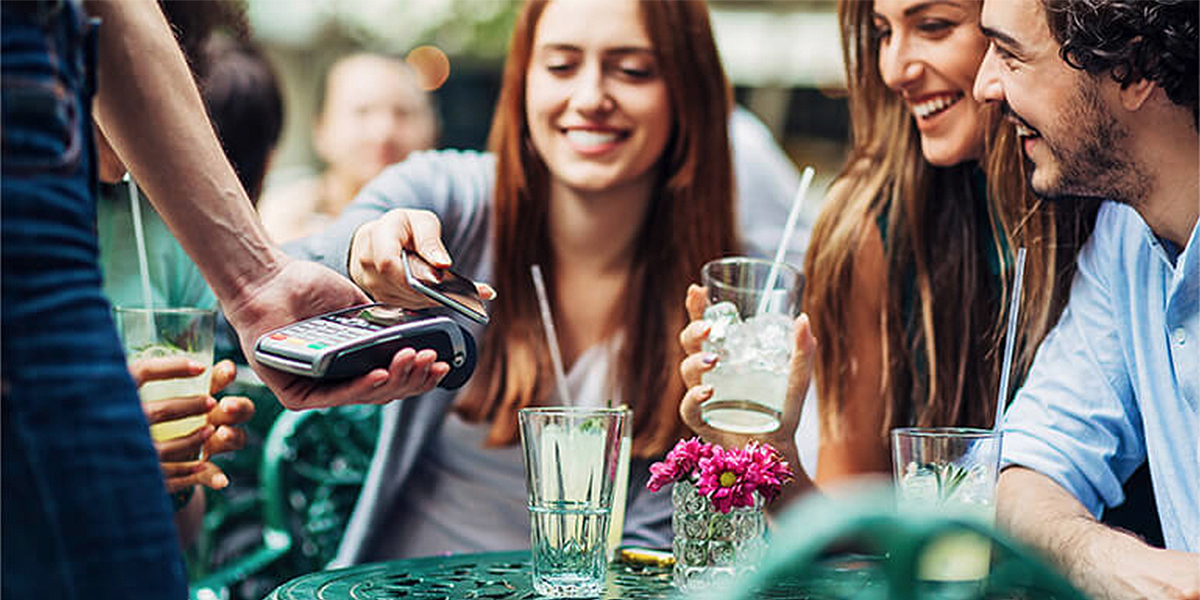
How to Use Mobile Innovation and Marketing Data to Grow Your Business
As times change, so do vending technologies — and possibilities

Time was, you'd push a coin into a vending machine and ‒ boom! ‒ a Coke would pop out. But times change, technologies change, and, most importantly, possibilities change. Recently, as part of the NAMA Webinar Series, The Coca-Cola Company hosted "Capturing the Value of Mobile Innovation & Marketing Data Analytics regarding these new possibilities. Here are the highlights.
Mobile Innovation
Just as coin slots gave way to bill readers, which paved the way for credit card machines, the next step in vending machine technology is tap-and-go mobile wallets, streamed through a smartphone. Attached to the front of the vending machines, these wireless devices transfer payment through Apple Pay, Softcard, and other services.
It's a burgeoning technology, but vendors expect it to explode in the coming years. Today, only a fraction of 1 percent of users use mobile pay for vending (compared to 62 percent cash and 38 percent credit card). By 2017, mobile is expected to comprise 10 percent of all sales, and by 2020 that number is expected to jump to 20 percent1.
That growth would mirror the installation of credit card readers on vending machines. When they were first installed three years ago, only 20 percent of transactions ran through the readers. Now it's nearly 40 percent2.
"Consumers want mobile payments," says Derek Myers, director of vending strategy for The Coca-Cola Company. "I'm not saying all consumers, but there are a lot of consumers [who do], particularly younger consumers."
Leveraging Data
The evolution of consumer marketing has accelerated at warp speed in recent years. As more and more data become available to merchants and vendors, the targeted nature of marketing has expanded as well. There's no longer any excuse for one-size-fits-all marketing programs.
Every transaction creates an opportunity. Time of day, payment type, basket makeup: All of these are important tools for identifying your consumer.
Recent Coca-Cola data show that the highest percentage of beverage, meal, and snack sales‒35 percent‒comes between 10 a.m. and 2 p.m. Using that data, a vendor or merchant could conceivably offer specialized deals at the lowest traffic time‒2 a.m. to 6 a.m.‒in an effort to boost sales then. The data also reveal the possibilities of bundling. If the average customer buys a sandwich and regular soft drink, there's nearly a 60 percent chance that he'll also buy chips. So why not incentivize the chip purchase, driving that percentage even higher?
Proximity Marketing
We are at the very beginning stages of the proximity marketing curve. It may sound complicated, but it's really quite simple. A company sets up beacons in a specific area, which can be used to transmit deals directly to a passerby's smartphone. This Intelligent Equipment Platform sits at the intersection of mobile, real-time, and proximity marketing, and it allows for instant interaction with a possible customer.
Pilot programs are underway in a variety of locations (a theme park and Midtown Atlanta included), so more accurate data will soon be available. Partnerships between The Coca-Cola Company and merchants or vendors are the goal, but the possibilities are really endless.
The "use the mobile phone in one hand and put a Coke in the other hand" mantra still holds, but now it's so much more than that.
Listen to the webinar.
See the webinar presentation.
Sign Up for Refreshing Insights by Coca-Cola.
Sources:
1 Coca-Cola Vending
2 Coca-Cola Vending